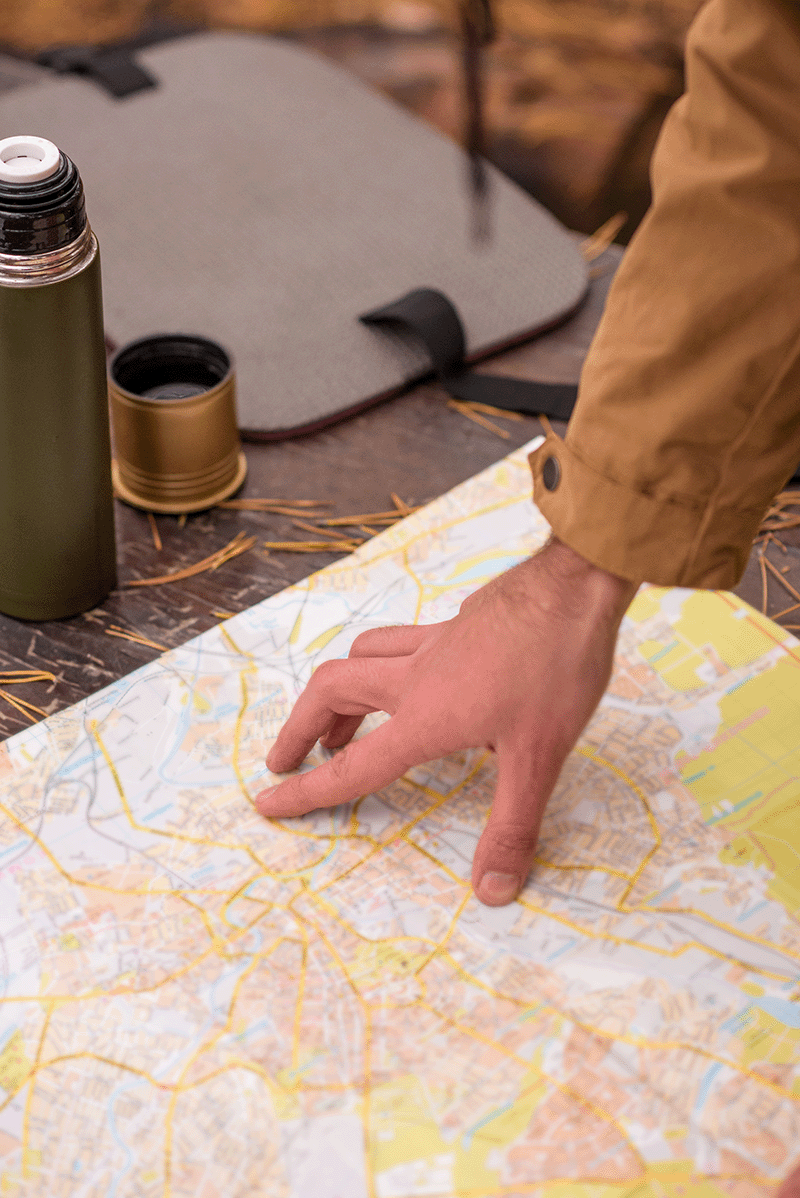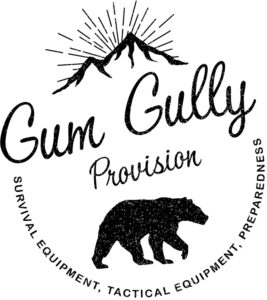
Blog
Mastering the Art of Hunt Planning for Outdoor Enthusiasts
Imagine the thrill of the hunt, where every step you take in the wilderness brings you closer to your quarry. Planning a hunt involves more than just hitting the trail with your gear. It’s about meticulous preparation, understanding your environment, and ensuring a successful and ethical experience.
